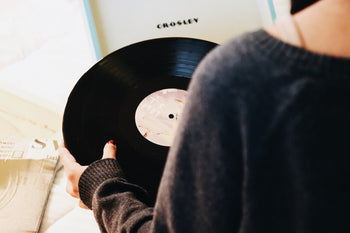
How the Clocks Going Back Can Make You Feel More Tired - And What You Can Do About It
|
Time to read 3 min
This store requires javascript to be enabled for some features to work correctly.
Written by: Editorial Team
|
Time to read 3 min
Daylight saving time refers to the cultural practice of moving the clocks backward by one hour in the winter, then back to normal in the spring. The idea of this is to create days with longer daylight than would happen otherwise.
The clocks will turn back in the UK on Sunday, 26th October 2025, and will be reset on 29th March 2026. In the U.S., this will occur on November 2nd, and the clocks will go forward on March 8th.
Many people benefit from daylight savings, including:
While most people welcome the bonus sleep time when the clocks go back, others - especially those with sleep disorders - may feel more tired as a result of that extra hour.
Many sleep disorder sufferers who have taken part in studies report feeling misaligned, as their body clock is one hour ahead of the current time. If you're tired at the end of your shift at work, for example, those 60 minutes between 4 and 5pm may feel like forever.
Additionally, our circadian rhythms, which help regulate our sleep-wake cycle, rely on darkness to prompt our bodies into getting into bedtime mode. Moving the day back so we have greater sunlight exposure at night and darker mornings when we wake up can cause issues falling asleep on our regular schedule. For those with very delicate sleep schedules, having an extra hour of sleep may mean you struggle to fall asleep at your regular time, as your regular hours are somewhat disrupted.
If you're feeling the effects of the darker mornings and brighter evenings, not all is lost. Maintaining good sleep hygiene - the practice of healthy habits that encourage better sleep quality - can quickly get you back on track.
Examples of good sleep hygiene include (but are not limited to):
Additionally, other tricks - like going to bed at 8pm new time when your pre-daylight savings bedtime was 9pm, helps keep things relatively consistent. Ensuring you get lots of natural light - whether from the outdoors or from lamps that replicate natural sunlight - can ensure you stay on track. On the other end of the spectrum, investing in blackout curtains can pay off if your bedtime now has extra sunlight.
Many with sleep disorders find daylight savings a difficult change to adjust to.
Extra sunlight in the evening can make it difficult to fall asleep at our regular scheduled times.
Maintaining good sleep hygiene can help you adjust to time changes caused by the clocks going back.
According to the BBC, only 40% of the world uses DST. The majority of African and Asian countries do not partake in the practice.
There are no concrete studies that assert that periods are normally affected by time shifts, but a person's relationship between their menstrual cycle and sleep is unique.
The Myza Editorial Team
The Myza Editorial Team works together to create and curate The Sleep Journal, a series of blog posts designed to help our customers with frequently asked questions and curiosities regarding everything in the world of sleep, from sleeping positions to skin and hair care. We also provide regular shopping guides, interviews, and reviews to provide insight into our hand-picked brand collaborations and the benefits they have to offer.
Receive 10% off your first order when you subscribe to our newsletter





